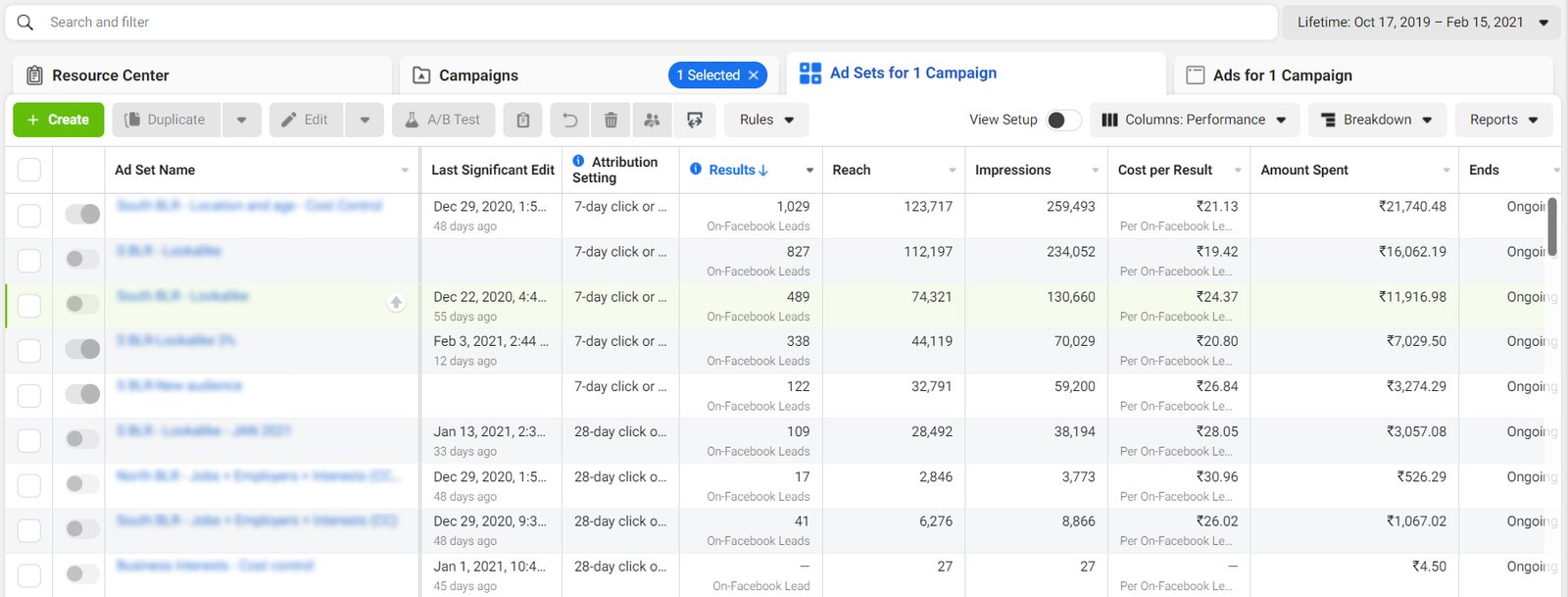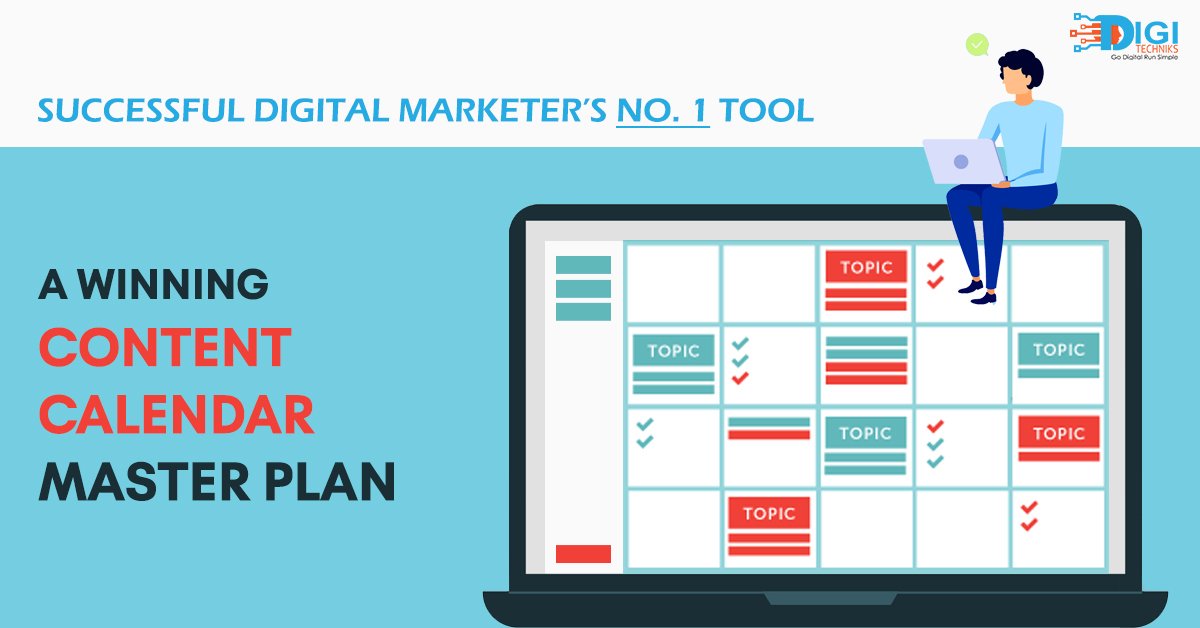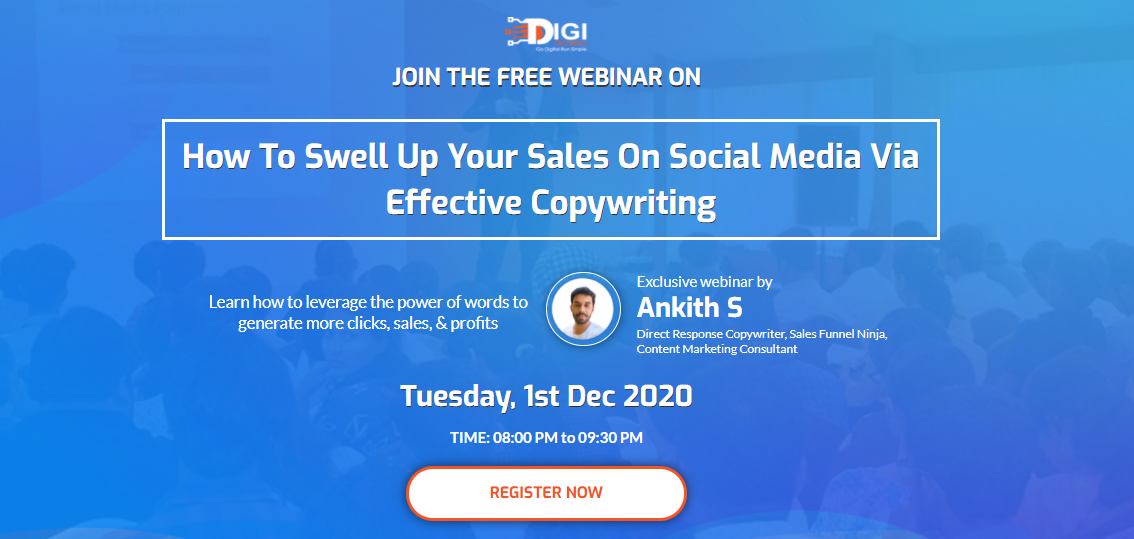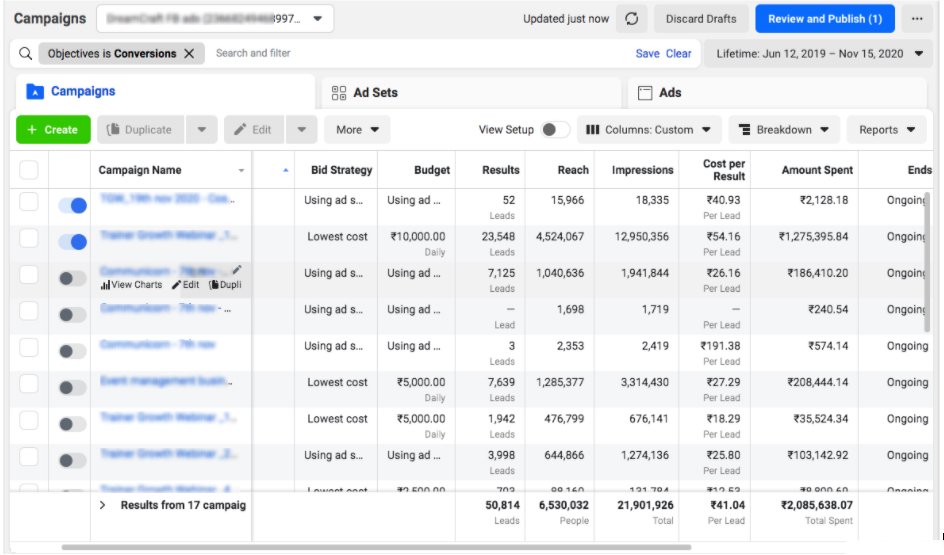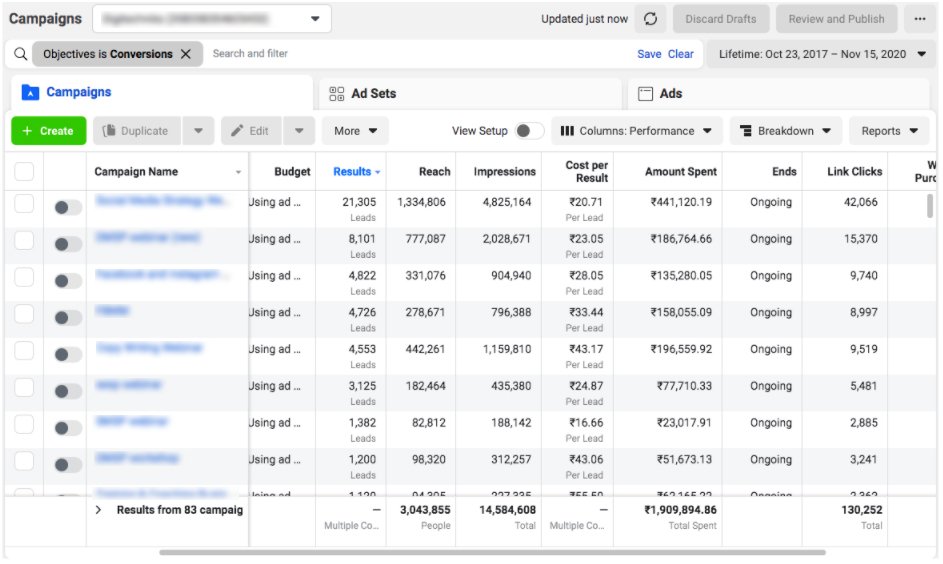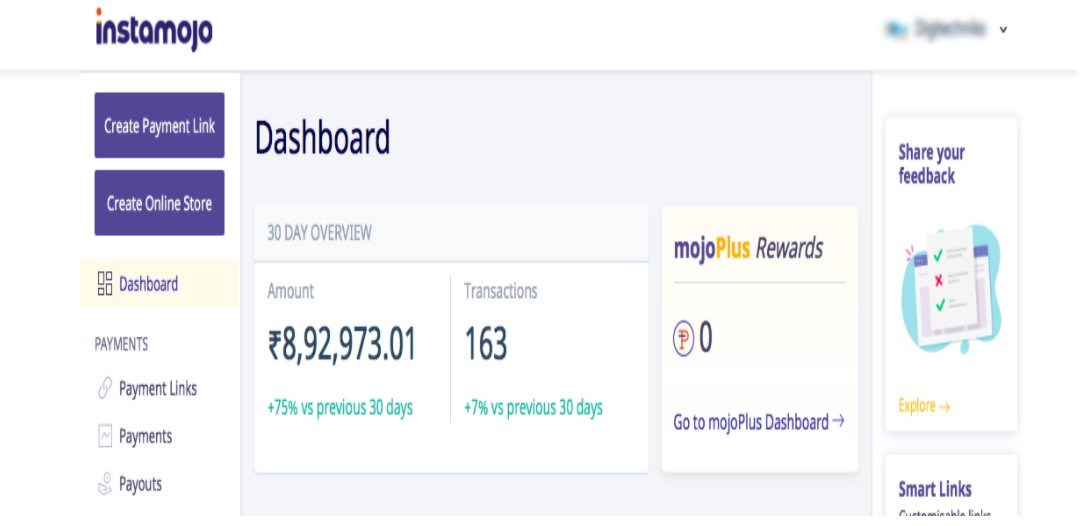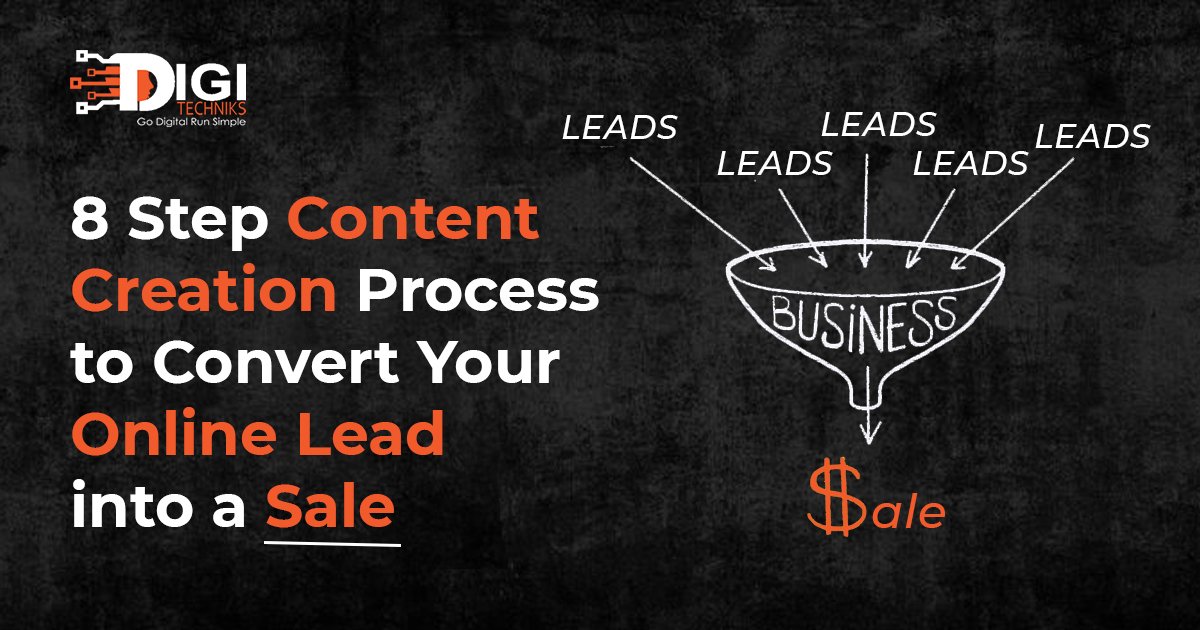
8-Step Content Creation Process That Converts Online Lead in to a Sale
More than half of marketers struggle to produce content that connects with their audience and converts leads into sales. But let’s be real. It’s not just about creating any old content, right? It’s about creating content that’s valuable and relevant to your audience. Content that’s worthy of being king. That’s why 41% of marketers agree that analyzing their competitors plays a crucial role in influencing the success of their strategy.
So, what’s the secret to creating great content that resonates with your audience and drives sales?
I believe that great content is not created; it’s captured.
What does that mean? It means outstanding content is created when you capture your own experiences and insights and turn them into compelling content that speaks to your audience on a deeper level. It’s not generic content that one creates after doing Google research and collecting ideas from other similar articles on the internet.
In this guide, I’ll talk about how you can create “great” content that grows your brand and establishes you as a thought leader. I will walk you through the different steps of creating content that converts your online lead into a sale. So, grab a cup of coffee, and let’s dive in!
Step1: Define the Core Product You Want to Sell through Content Marketing
The foundation of a successful content marketing strategy depends on how well you have defined your core product.
You need to understand your target audience and their pain points and create content that speaks directly to their needs. This way, you’ll be able to offer them valuable content that they’re actually interested in, leading to increased engagement and a better overall experience for your audience. So, what do you say? Let’s get started on defining your core product!
Here are some key points to consider when defining your core product:
- Identify Your Target Audience: Who are you trying to reach with your content? What are their demographics, interests, and pain points? The better you understand your audience, the easier it will be to create content that resonates with them.
- Determine Your Unique Selling Proposition (USP): What sets your product apart from others? What makes it unique and valuable to your audience? Your USP should be the foundation of your content marketing strategy.
- Choose Your Core Product: Based on your USP and target audience, identify the core product you want to sell through content marketing. This could be a specific service, feature, or benefit of your product that aligns with your audience’s needs.
- Craft Your Messaging: Once you’ve identified your core product, craft messaging that clearly communicates its value to your audience. Your messaging should be concise, compelling, and tailored to your target audience’s pain points.
- Develop Your Content Plan: With your core product and messaging in place, develop a content plan that aligns with your business goals and target audience’s needs. Your content plan should include topics, formats, and distribution channels to help you achieve your objectives.
Let me give you an example of how defining the core product you want to sell through content marketing can be done through my own experience with lead generation and automated lead nurturing.
By identifying my core product and understanding the needs and pain points of my target audience, I can create content that I know they will be able to identify with. The content I create then has value and pushes all the right buttons.
Through my content, I offer solutions to their problems and establish myself as an authority in my field. As a result, potential customers are more likely to trust my services and ultimately convert into paying customers.
Step 2: Creating a List of Problems Your Product or Service Solves
When you’re creating content for your business, it’s essential to make a list of problems that your core product solves. This helps you to understand the needs and pain points of your potential customers so that you can create content that directly addresses those issues and provides solutions.
By taking the time to understand the problems that your audience is facing, you can create content that speaks to their needs and builds trust with potential customers. This trust is essential for building a loyal following and ultimately converting leads into sales.
So, whether you’re creating blog posts, social media content, or other marketing materials, always keep your audience’s needs in mind. By addressing the problems they’re facing and offering solutions, you can establish yourself as an authority in your industry and build a loyal customer base.
Here is a quick questionnaire to follow when making the list.
- What problems do your potential customers face? Consider the challenges your target audience will likely encounter daily, and how your product can provide a solution.
- What pain points can your product address? Think about the emotional or physical discomfort that your target audience might experience and how your product can help alleviate that discomfort.
- What are the common complaints or criticisms of your industry? Identify the issues that your potential customers have with your industry as a whole and how your product can offer a solution or improvement.
- What sets your product apart from competitors? Consider the unique features or benefits of your product and how they solve a problem that other products cannot.
- What feedback have you received from current customers? Look at customer reviews, feedback, and testimonials to identify the problems that your product has solved for them.
Step 3: Defining Deliverables and Frequency
After creating a list of problems that your core product can solve, the next step is to define the deliverables and frequency of your content. This step is essential to ensure that you can create a consistent and effective content marketing strategy.
First, you need to define the deliverables, which are the specific types of content that you’ll create to address the problems you’ve identified. This could include blog posts, videos, social media posts, email newsletters, or other formats. By identifying the specific deliverables, you can ensure your content is tailored to your audience’s needs and preferences.
Once you’ve defined your deliverables, you need to determine the frequency of your content. How often will you post new content? Will you stick to a regular schedule, such as posting a new blog every week or sending a monthly email newsletter? Consistency is key to building trust with your audience, so you must determine a realistic posting schedule that you can stick to.
In my case, I have defined specific deliverables and frequency for my content marketing plan, which includes the following:
- Sharing statistics every Monday to make the audience aware of the problems and consequences.
- Sharing a carousel image every Wednesday that offers a solution for the audience.
- Sharing a case study via a blog every Friday to generate awareness and solve a burning question.
- Emailers on Sunday to notify the blog content to the existing database.
Step 4: Creating a Focused Content Calendar: How to Choose a Problem Statement and Define Deliverables for Each Week
In this step, you’ll be taking a look at the list of problems your product can solve and choosing one to focus on each week. This will help you create a content calendar that revolves around the needs of your target audience.
By honing in on one problem at a time, you can ensure that you’re creating content that directly addresses the concerns of your potential customers.
Once you have identified the problem statement, you can start to plan your content creation strategy by creating a content calendar that outlines what content will be created, when it will be shared, and on what platforms.
The first step in creating a content calendar is to define the type of content that will be created. This could include blog posts, social media updates, videos, infographics, or any other content appropriate for your target audience. Next, you should decide on the frequency of the content that will be shared. For example, you might share a new blog post every Monday, a social media update every Wednesday, and a video every Friday.
Here is a look at what my content calendar looks like:
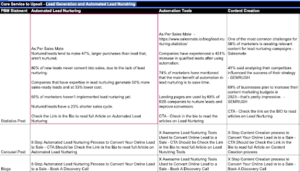
With the type and frequency of content defined, you can start planning the specific topics for each piece of content. This could involve brainstorming ideas, conducting research, and developing an outline or script for each piece of content.
Step 5: Collaborating with Content Writers
You may be a jack of all trades, but are you a master of writing?
Enter the content writer!
This is the step where your communication skills are put to the test. It is important that you give the writer the brief with as much detail as possible to get the best result. After all, the output is only as good as the input.
Choosing a content writer who can capture your thoughts and ideas effectively is important. The goal is not to create content that sounds generic or scripted but to capture your unique experiences and insights in a way that resonates with your audience. What you should be looking for are writers who can make content come alive.
When working with a content writer, clearly communicating your expectations is essential. Ensure they understand your brand, tone of voice, and target audience. Provide them with the necessary background information, including the problems you’ve identified and the deliverables you’ve defined for each week.
Here is an example of a brief that I would give to a content writer:
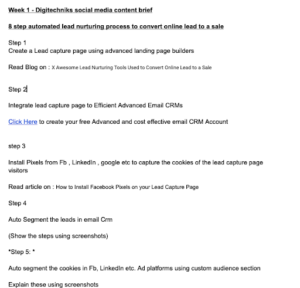
Step 6: Have a Briefing Call with Your Writer
This step is all about having a briefing call with your content writer to give them the right input. It’s important to ensure they have all the details they need because, as they say, the devil is in the details. By providing specific information and guidance, you can ensure that their content truly represents your brand and effectively communicates your message to your audience.
Also Read : Competitor Analysis Secrets That No One Talks About
During the call, be sure to give them examples of your voice and tone so that they can capture your unique style. Don’t just rely on copy-pasting or generic content; remember that great content is captured, not created! So, take the time to work with your writer and provide the necessary information to help them create content that truly resonates with your target audience.
Step 7: Review and Refine: Make Sure the Content Meets Your Standards
Once the writer has submitted the content, it is time to review it. I cannot overstate how important this step is.
Yes, your writer is a good one. But there is more to review than just flourish and verbal gymnastics.
During the review process, it’s important to pay attention to the details. The devil is in the details, as they say.
Here are some points to consider when reviewing content:
- Check for errors in grammar, spelling, and punctuation.
- Ensure that the tone and style of the content align with your brand voice.
- Ensure the content is informative and engaging and delivers on the promises made in the brief.
- Verify that the content accurately reflects your brand and effectively communicates your message to your target audience.
- Check that the facts and information presented are accurate and up-to-date.
- Ensure the content is visually appealing, with appropriate images, graphics, and other visual elements.
- Consider the overall structure and organization of the content, ensuring it flows logically and is easy to read.
Remember, this step is not about nitpicking or micromanaging your writer. Instead, it’s about ensuring that the content accurately reflects your brand and effectively communicates your message to your target audience. By providing constructive feedback and making the necessary changes, you can help your writer produce high-quality content that drives results for your business.
Step 8: Bringing in the Visual Element with the Designer
No content is complete without visuals. It adds to the overall feel of the content. This is where the designer comes in.
As with the writer, the designer also needs precise instructions so that you get the results you are looking for.
Giving clear instructions to ensure the output matches your expectations and aligns with your brand voice and design is crucial. Think of your instructions as the players in a match, while your creative team (writers and designers) is the channel broadcasting the match. Just like the outcome of the match depends on the players and not the channel, how your final content turns out depends on your instructions.
When giving the content to the designer, it’s important to provide 3-5 design references that match your brand’s aesthetic and style. This helps the designer understand your preferences and expectations and allows them to create designs consistent with your brand.
You should also provide references for the images you want to use in the design. These could be stock images, original photography, or illustrations. Providing image references can help the designer create a cohesive design that goes with your content and goals.
Summing Up
These are the eight steps I can swear by, and this process is my secret to creating compelling content.
By following the eight steps I have outlined, you can create high-quality content that resonates with your target audience and drives results for your business. Remember to start by identifying your target audience and their pain points, then use that information to create a content calendar that addresses them and delivers value to your audience.
Be sure to give your content writer detailed briefs and constructive feedback during the review process. Provide your designer with clear design references to ensure your content is visually appealing and aligned with your brand. With these steps, you can create content that captures your brand voice, engages your audience, and ultimately converts leads into sales.
By the end of this guide, I hope you feel ready to create content that achieves your goals. If you need more assistance or 1:1 guidance to make the most of this content creation process or have it tailored to your business, I can help. Book a discovery call with me today, and we can get started!
CLICK HERE to Book a Discovery call





